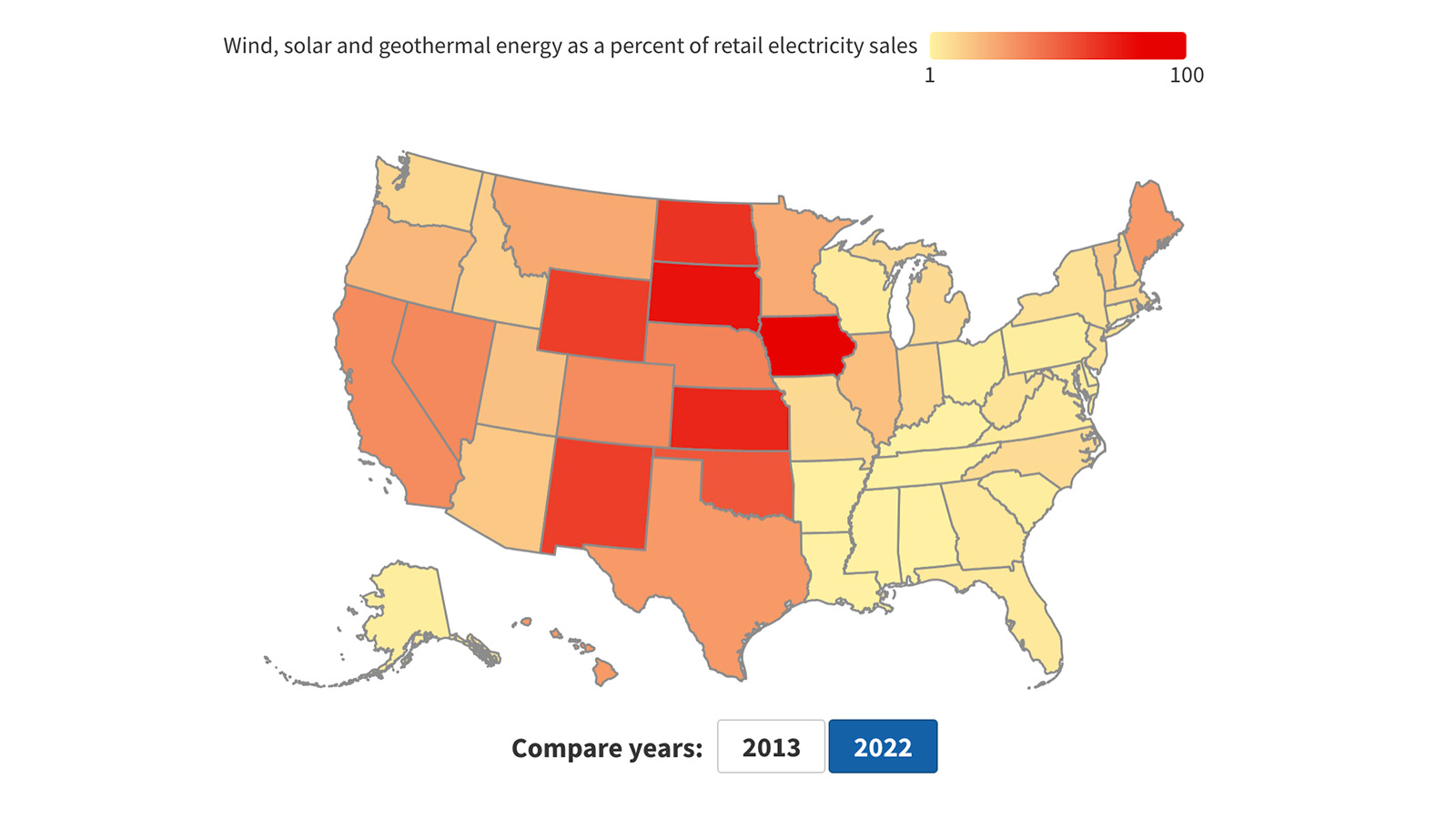
Resources
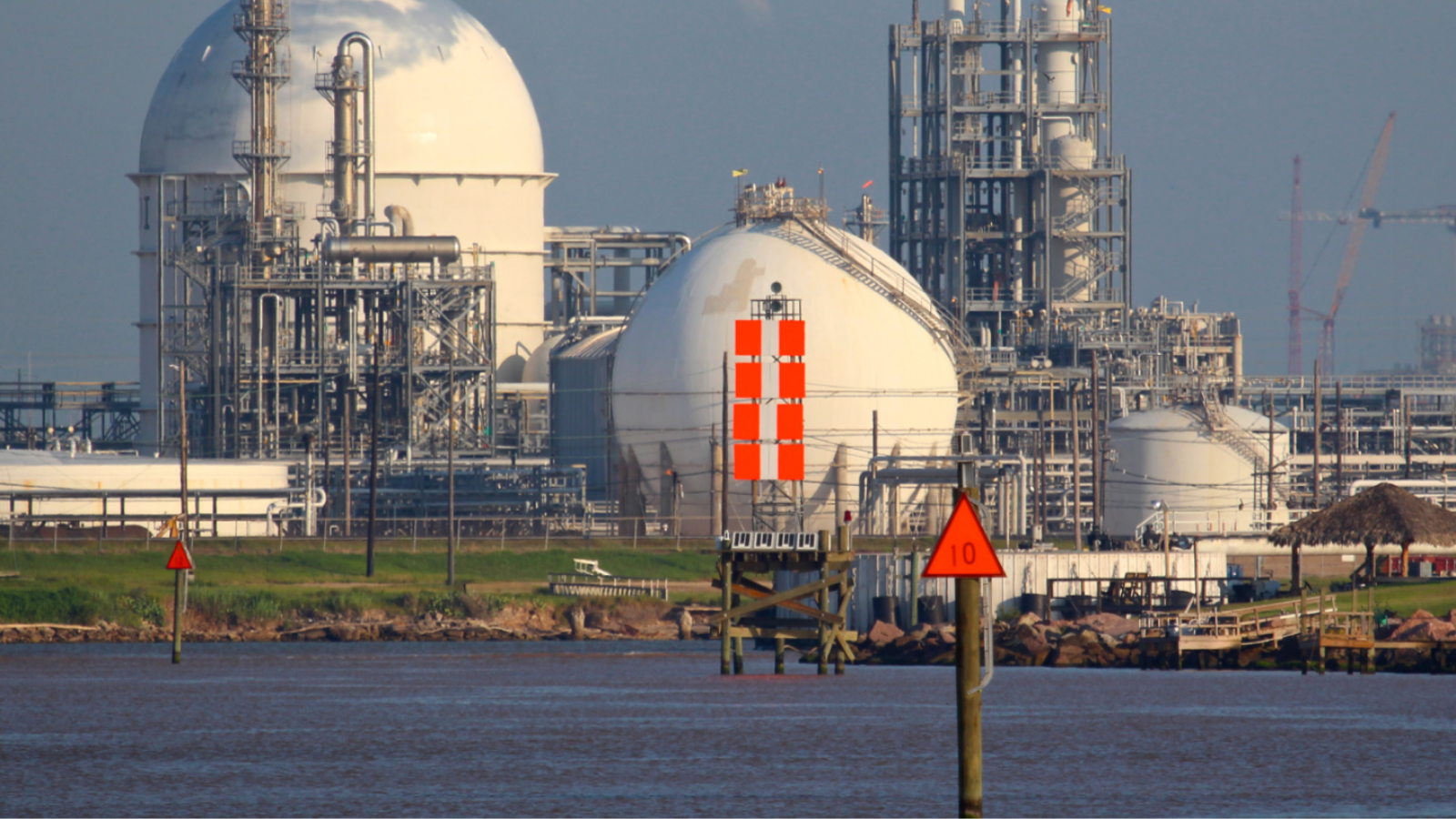
Wasting our Waterways
Polluters poured nearly 200 million pounds of toxic substances into U.S. waterways in 2020. We must strengthen Clean Water Act protections and reduce toxics use.
Featured Resources


Refill, Return, Reimagine: Innovative Solutions to Reduce Wasteful Packaging

Of wolf and man, and other rewilding success stories
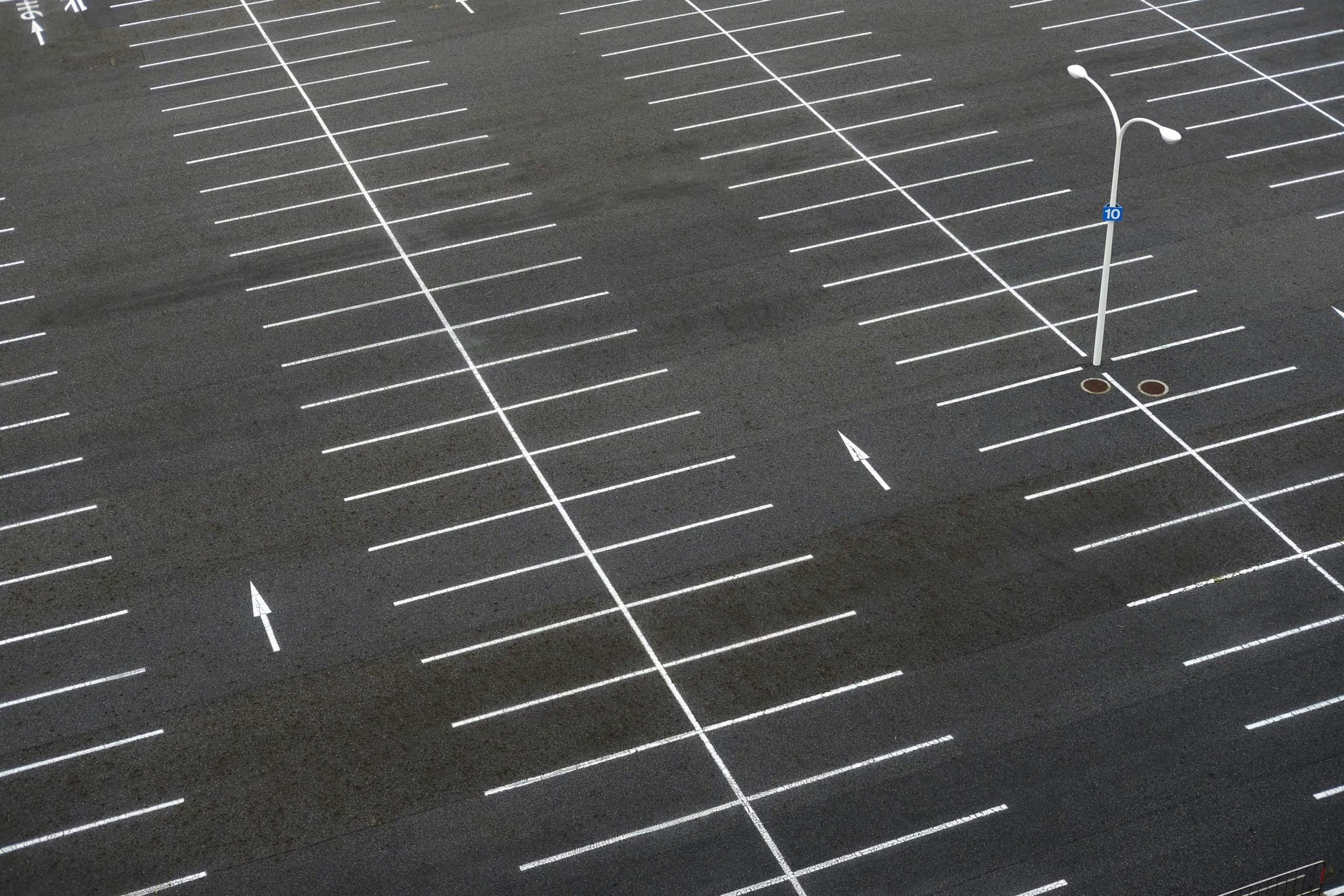
Good intentions, bad outcomes. Six ways impervious surfaces harm our cities and the environment
Type
Issue

Recording of Rooftop Solar on the Rise webinar
In this recorded webinar, experts walk through the latest trends in small-scale solar growth, and local and state officials sharing what they're doing to support rooftop solar.
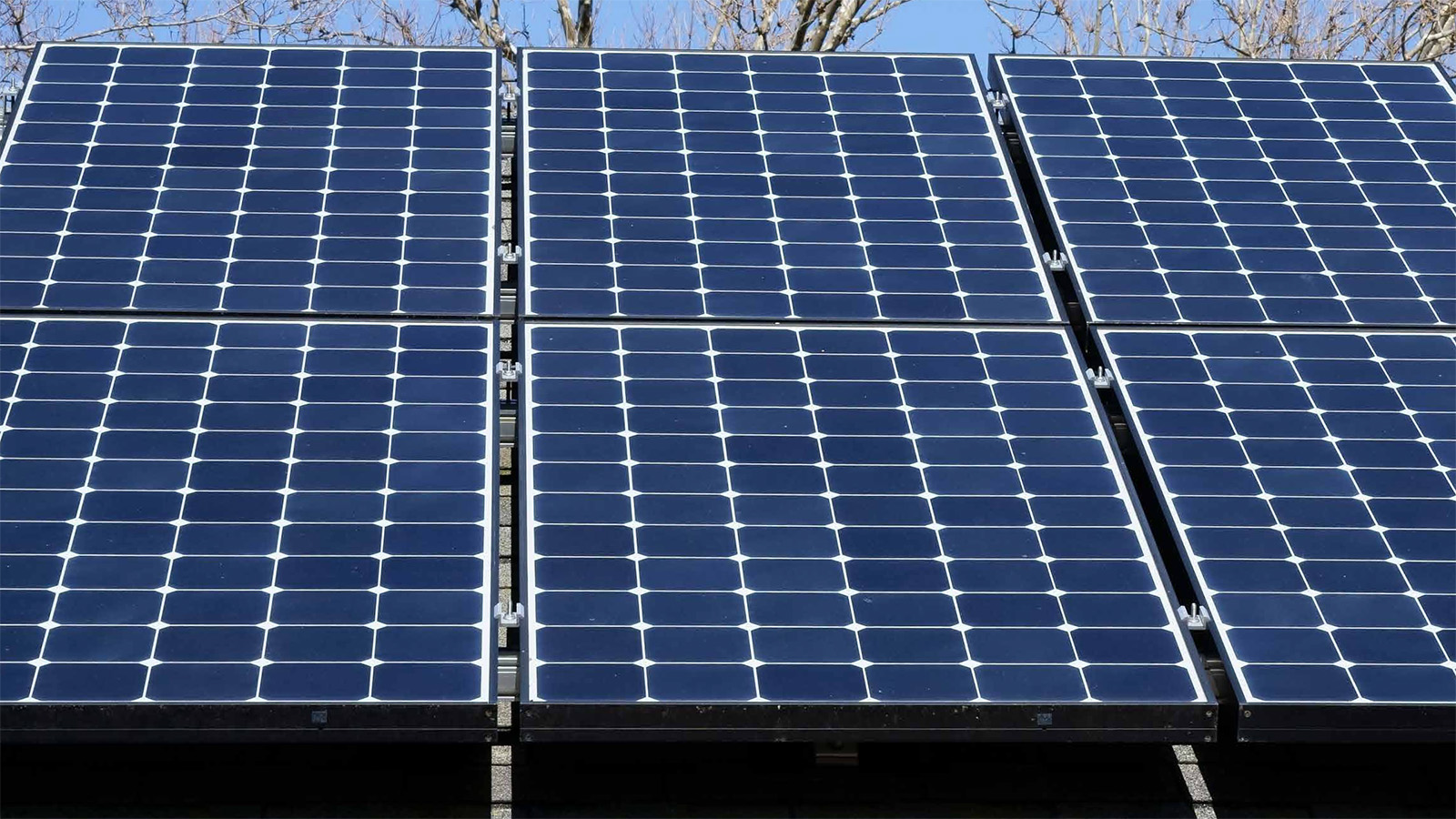
Rooftop solar on the rise
Small-scale solar energy – most of which is installed on rooftops – is growing rapidly in the U.S., producing 10 times as much power in 2022 as a decade earlier.
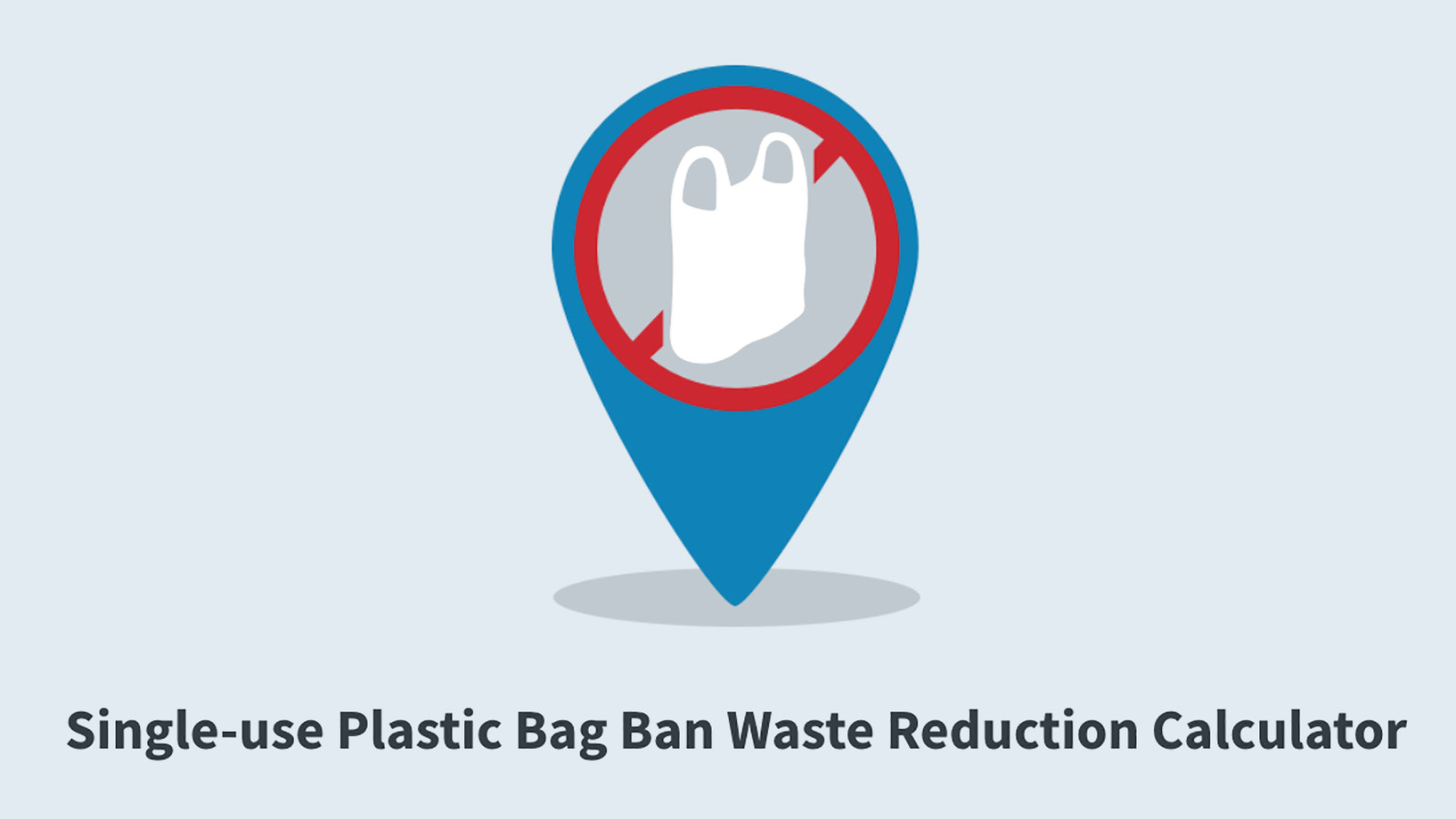
Plastic bag bans work
Well-designed single-use plastic bag bans have successfully reduced plastic bag use and associated litter and pollution. Use the Single-use Plastic Bag Ban Waste Reduction Calculator to estimate the impact where you live.
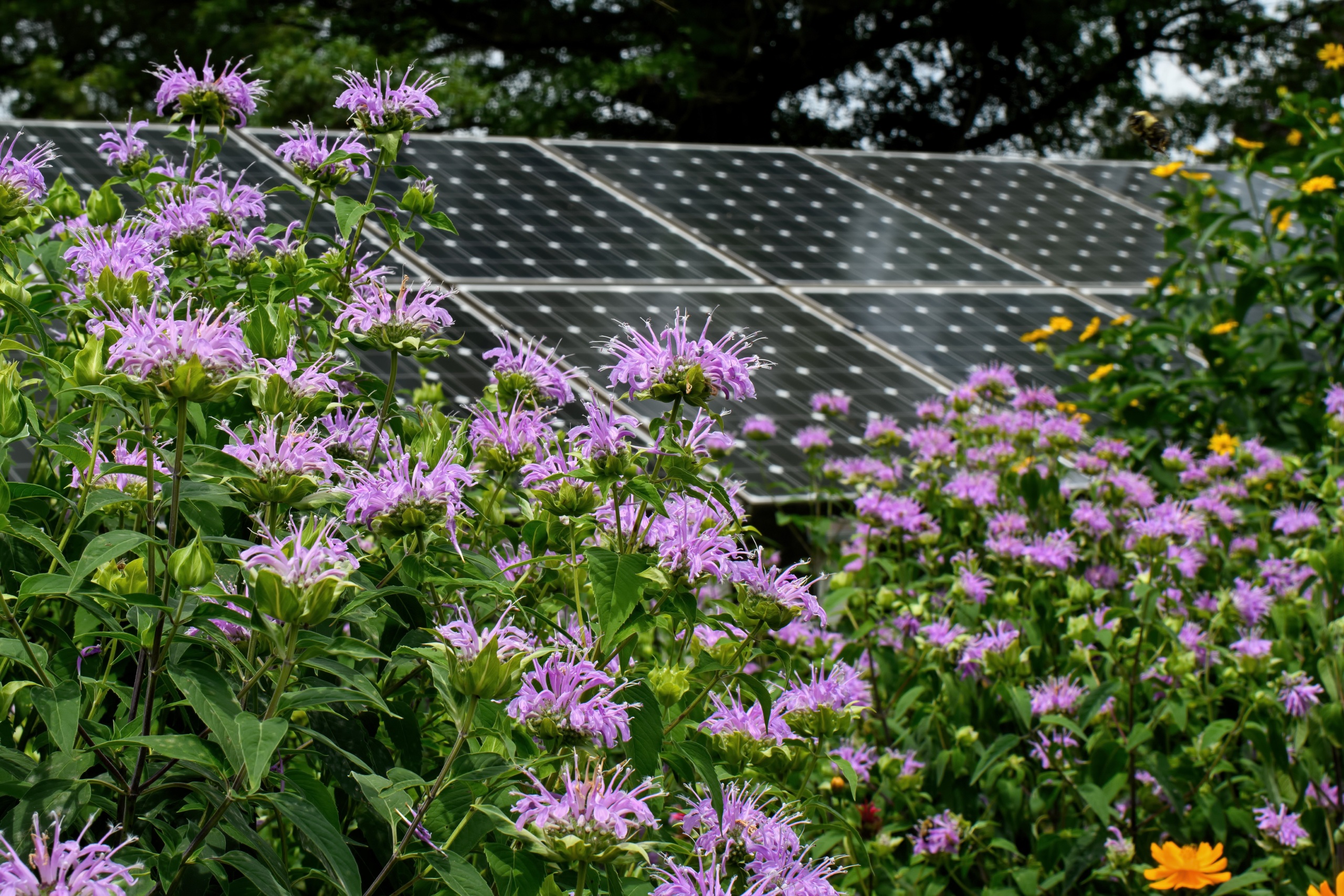
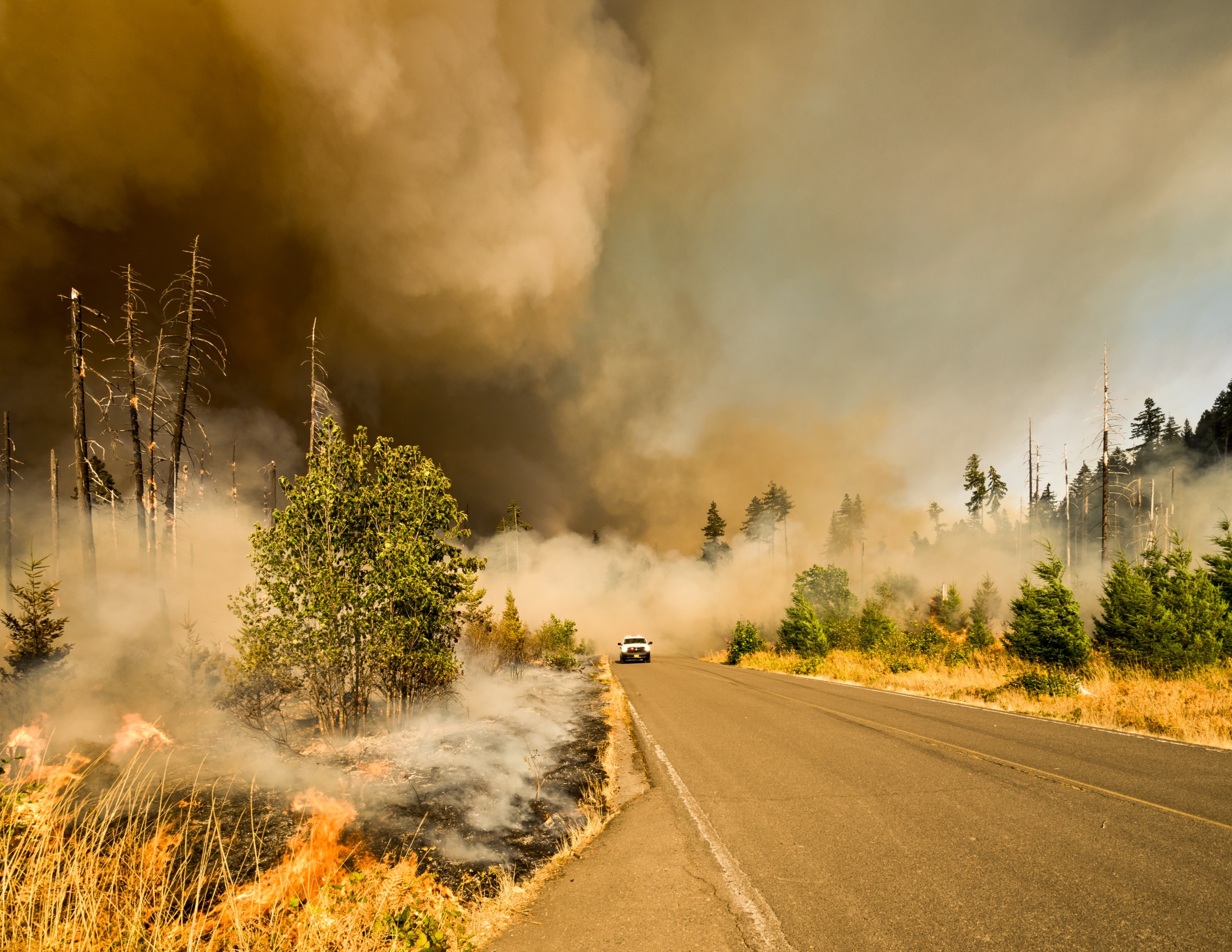
Five key takeaways from the 5th National Climate Assessment
The latest federal report on climate change demonstrates that we have the tools we need to meet our carbon reduction goals, but we need to implement them much more quickly.
